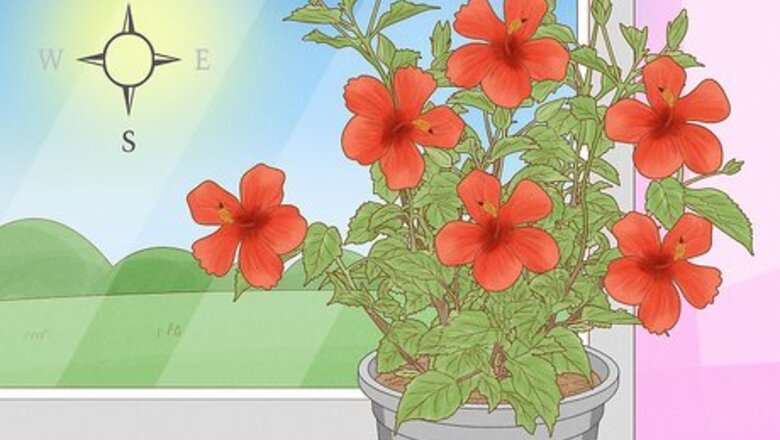
views
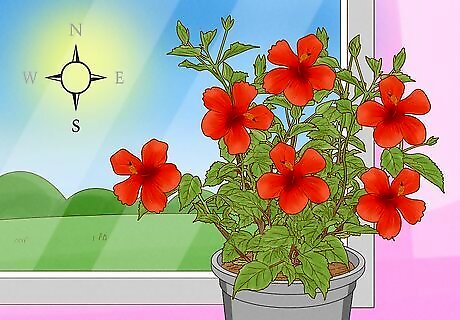
Give Chinese hibiscus lots of light. A southern window or sunroom location is the best choice.
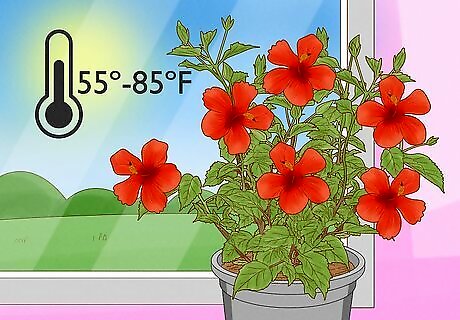
Keep Chinese hibiscus warm. These plants require temperatures between 55º to 85ºF (12.7 to 29.4ºC).
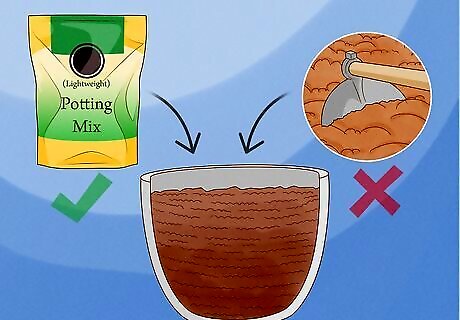
Plant Chinese hibiscus in a lightweight potting soil, not garden soil.
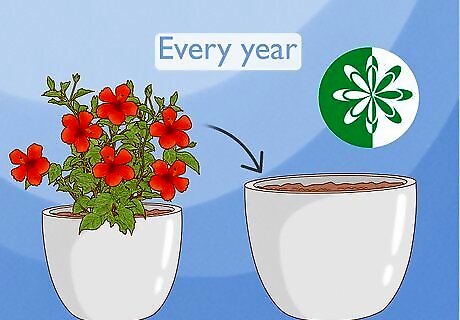
Re-pot Chinese hibiscus each spring in new potting soil. Use a bigger pot if the plant appears root bound.
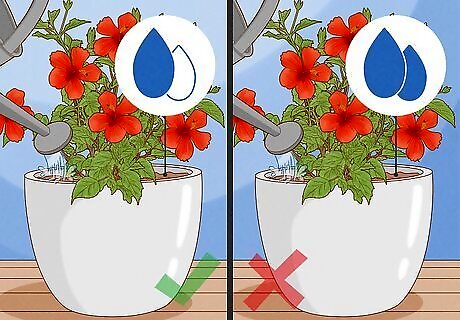
Keep the soil in the pot moist at all times but never let the pot sit in water or become too soggy. Use distilled water or rainwater at room temperature. Add water to the pot until water flows from the bottom. Empty saucers beneath the plant as soon as the water stops draining out. Touch the top of the potting soil to know if the plant needs water. Don’t rely on a schedule to water, water when the soil feels dry to the touch.
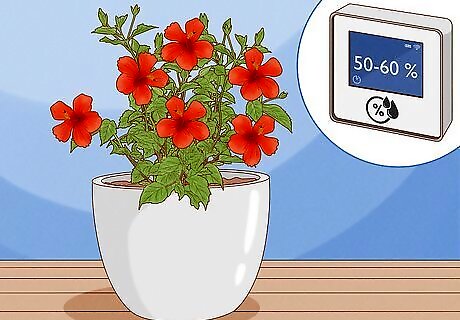
Keep humidity around the plant high. 50-60 % relative room humidity is ideal.

Keep Chinese hibiscus out of drafts from opening doors, leaky windows or forced air vents.
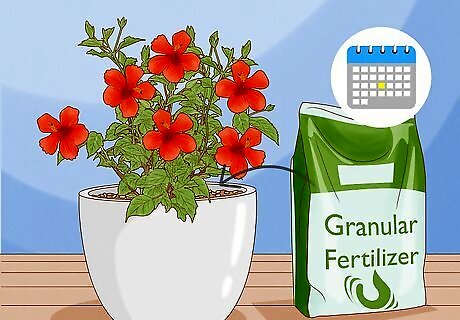
Fertilize Chinese hibiscus regularly all year round. Use a flowering plant, water-soluble fertilizer mixed according to directions for indoor plants, once a month. Or use a granular, slow release fertilizer for flowering houseplants as the label directs. Wait to begin fertilization for 3 months if the potting soil you use has fertilizer included.
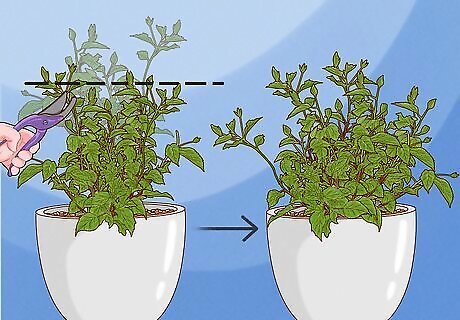
Prune hibiscus to keep it from getting too large and to encourage fullness. Tip each tall, upright branch when you re-pot in spring to encourage side growth and fullness. Using bypass garden pruning shears cut each branch back to the second leaf node from the tip. Cut just before the node. You can prune back to just before any leaf node to reduce the height or width of the hibiscus. Make sure to leave 2 to 3 leaf nodes on each stem or remove the stem completely.
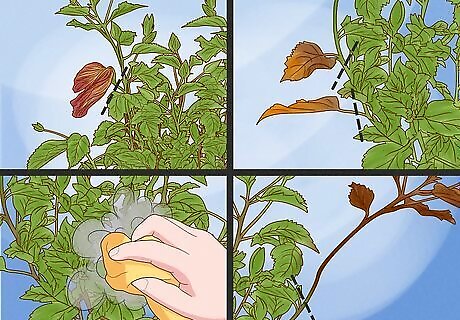
Groom your hibiscus. Remove dead blooms promptly. Remove yellowed or dead leaves. Dust the leaves if they appear dusty. Prune dead branches.
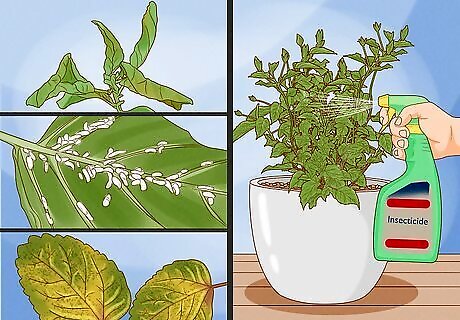
Examine your hibiscus regularly for pests. Look for curled or wrinkled leaves. Look for lots of yellow, browning, spotted or falling leaves. Look for insects on and under leaves. Look for fine webbing on leaves and stems. Treat insects with a houseplant insecticide if pests are suspected.












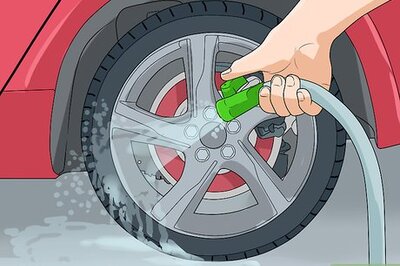





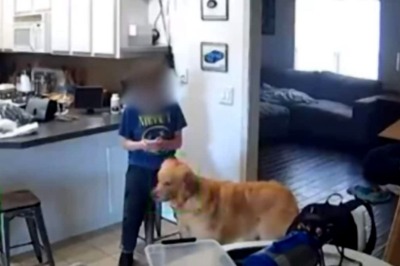
Comments
0 comment